Description
Primary care is a critical link in health care delivery. Often patients’ first point of contact with the health care system, primary care practitioners make decisions that broadly impact both patient health and total health care spending. This Primary Care Payment Model (PCPM) White Paper views primary care teams as uniquely positioned to serve as catalysts for innovative care as well as effective stewards of health care resources. The paper offers principles and recommendations for implementing PCPMs that can help overcome the barriers to effective primary care tied to traditional fee-for-service payments based on the volume of services provided rather than the quality and value of care.
Related Papers
Authors
Publication Info
Publication date: March 1, 2017
43 pages
Suggested Citation: Health Care Payment Learning & Action Network. Accelerating and Aligning Primary Care Payment Models White Paper.
March 1, 2017.
Table of Contents
Health Care Payment Learning & Action Network (LAN)
Overview and Work Group Charge
Introduction and Scope of the White Paper
Principles and Recommendations for Accelerating and Aligning Primary Care Payment Models
CMS Alliance to Modernize Healthcare (CAMH) Staff
Appendix B: LAN Related Content
Appendix C: Principles for Patient- and Family-Centered Payment
Appendix D: About the CMS Alliance to Modernize Healthcare
Alternative Payment Models (APMs)
Alternative payment models deviate from traditional fee-for-service (FFS) payment, insofar as they adjust FFS payments to account for performance on cost and quality metrics, or insofar as they use population-based payments that are linked to quality performance.
Behavioral Health
The full range of mental health and substance abuse disorder conditions, services, clinicians.
Data Sharing
Data sharing lies at the heart of two important and ambitious goals of PBP models and APMs: 1) It promotes the availability and use of real-time comprehensive, patient-level data and information to inform clinical care and decision making, enable true integration of care, and improve care delivery and outcomes; and 2) It improves the health care market, such that care is purchased on the basis of transparent and reliable assessments of cost and quality performance for populations.
Fee for Service (FFS)
The existing FFS system creates incentives for additional volume of services, while also undervaluing certain services. The current FFS system is not conducive to the delivery of person-centered care because it does not systematically reward high-quality, cost-effective care.
Full Continuum of Care
All aspects of care delivery, spanning preventive to end-of-life services in all settings.
Mental Health
Conditions, services, clinicians specifically related to the substance use disorder field (e.g., anxiety, depression, and schizophrenia).
Patient-Level Data
The entire range of diagnostic, clinical, utilization, experience of care, and patient-reported data that is attributed to a particular individual, irrespective of where the data were collected. Such data are stored in a cyber-secure, HIPAA-compliant environment to address security and privacy concerns and can be reported in both patient-identified and de-identified views.
Population-Based Payment (PBP)
Population-based payment models offer providers the incentives and flexibility to strategically invest delivery system resources, treat patients holistically, and coordinate care.
Population-Based Payment Model
A payment model in which a provider organization is given a population-based global budget or payment and accepts accountability for managing the total cost of care, quality, and outcomes for a defined patient population across the full continuum of care. PBP models discussed in this paper correspond to payment models in Categories 3 and 4 of the LAN’s APM Framework.
Population-Level Data
An aggregation of patient-level data, which is attributed to higher-level entities for reporting, such as plans, provider organizations, and patient populations in different geographic regions.
Primary Care
Integrated, accessible health care services by clinicians who are accountable for addressing a large majority of personal health care needs, developing a sustained partnership with patients, and practicing in the context of family and community.
Substance Use Disorders
Conditions, services, clinicians specifically related to the substance use disorder field (e.g., substance dependence and abuse).
Total Cost of Care (TCOC)
A broad indicator of spending for a given population (i.e., payments from payer to provider organizations). In the context of PBP models, in which provider accountability spans the full continuum of care, TCOC includes all spending associated with caring for a defined population, including provider and facility fees, inpatient and ambulatory care, pharmacy, behavioral health, laboratory, imaging, and other ancillary services.
The LAN has written a suite of papers to help align payment reform efforts.
The papers include recommendations on the design of two payment reforms—population-based payments and clinical episode payments—from the two most comprehensive categories defined in that framework. These recommendations are the result of input from a wide variety of persons and organizations with either direct experience with implementing one or the other payment reform or deep experience in the health care field.
Is panel size the sole consideration when practices take on significant amounts of financial risk?
No, it is not the sole consideration, because practices will always need to consider their ability to operationalize delivery systems that are conducive to financial risk arrangements. Nevertheless, assuming those basic capacities exist, panel size will be the dominant criterion for determining how much financial risk a practice is able to assume.
How large of a panel will practices need to participate in a Category 4 primary care payment model (PCPM)?
Estimates of how many patients are required for a primary care practice to assume accountability for capitated primary care payments (i.e., Category 4A in the LAN APM Framework) are associated with a significant amount of uncertainty, and are largely dependent on the patient population in question. Nevertheless, a threshold of 5,000 patients is required to be accountable for total cost of care but insufficient to be at full financial risk, which requires much larger panel sizes typically seen in larger health systems and accountable care organizations (ACOs).
What types of PCPMs are appropriate for practices that cannot achieve a large enough panel size to accept Category 4 payments?
As discussed in the context of Recommendation 3, certain types of Category 3 PCPM arrangements are appropriate for small practices, and would represent an important step away from traditional fee-for-service. Please consult Table 1 for comparative characteristics of payment methods in PCPMs.
Will PCPMs completely eliminate the need for administrative record-keeping?
No. Some type of claims-based record-keeping will always be required, so that practices can implement quality improvement initiatives and be evaluated on utilization measures. However, the types of records and reporting for these purposes should be considerably less onerous than evaluation and management (E&M) codes.
Should stakeholders agree to common data sharing requirements and standards for PCPMs?
The Work Group believes so, and the White Paper reflects this in the discussion of Recommendation 17: PCPMs should foster data sharing and analysis to facilitate care coordination, patient engagement, population health management, and performance assessment.
Will practices need timely data on resource use and quality measures to adequately monitor their own performance and make informed referrals to specialists?
Yes, these types of data will be important for the long-term success of PCPMs. For additional information and recommendations on data sharing in population-based payment models, please see the LAN White Paper on Accelerating and Aligning Population-Based Payment Models: Data Sharing.
Should primary care practices give patients and family caregivers ready access to personal health summaries and test results?
Yes, these types of data will be important for the long-term success of PCPMs. For additional information and recommendations on data sharing in population-based payment models, please see the LAN White Paper on Accelerating and Aligning Population-Based Payment Models: Data Sharing.
Should practices receive technical assistance on identifying and recovering from burnout, and interfacing with payers and other members of the health care system?
Yes, the White Paper’s Recommendation 18 now explicitly notes that practices will need external coaching support and technical assistance on these topics to help them transition to new payment and delivery models.
How can rural practices overcome barriers to participating in PCPMs, such as those associated with geographic challenges and provider shortages?
As discussed in the context of Recommendations 8 and 12, PCPMs may help alleviate issues associated with geography and provider shortages by giving practices the flexibility needed to establish non-traditional linkages to specialists, particularly behavioral therapists. E-consultations, similar to the model established by Project Echo, may be a useful approach that PCPMs would encourage. If these types of arrangements are still insufficient, then it is acceptable to carve behavioral health out of PCPMs, while still holding practices accountable for behavioral health management. These more limited arrangements would reduce the imperative to coordinate with behavioral health specialists, but would not eliminate it entirely.
How can safety net providers overcome barriers to participating in PCPMs, such as patient panels with high levels of social and medical complexity?
As discussed in the context of Recommendation 13, PCPMs may help alleviate issues associated with high levels of social and medical complexity by giving practices the flexibility needed to establish linkages to social and community service providers. This is because population-based payments and care management fees can promote investments in infrastructure support for referrals to services that address social determinants of health.
Will PCPMs require practices to deliver social services?
No, practices will not be required to do so. However, PCPMs will give practices additional flexibility to establish linkages to social services, and establishing these linkages may result in improved health outcomes and better performance in the PCPM.
Do behavioral health specialists need to be co-located with primary care practices in PCPMs?
No, co-location may not be feasible in all cases and locations. However, close coordination between behavioral health and primary care, and integration of behavioral and physical health, are critical for success in PCPMs.
What is the best way to go about implementing PCPMs?
The White Paper identifies several implementation issues that will need to be addressed in order to operationalize successful PCPMs. However, questions of implementation are beyond the scope of the White Paper. The LAN’s Primary Care Payer Action Collaborative is a good source for additional guidance and information about implementing PCPMs.
Webinars
November 02, 2016 Webinar: LAN Listening Session for Providers (archive)
November 04, 2016 Webinar: LAN Listening Session for Payers (archive)
Blogs
Paying Providers For Value: The Path Forward (Update)
by Sam Nussbaum, MD; Patrick Courneya, MD, MSc; Mark McClellan, MD, PhD; and Mark Smith, MD, MBA
Ensuring the Debate Has the Patient in Mind and in the Room
by Patrick Courneya, MD
Why Regional Data and Local Relationship Will Reform Health Care Payment Nationally
by Elizabeth Mitchell
Population-Based Payment Models: Overcoming Barriers, Accelerating Adoption
by Dana Gelb Safran, ScD; Glenn Steele, Jr, MD, PhD; and Elizabeth Mitchell
Archival Materials
LAN Summit Session: Listening Session: Primary Care Payment Model (PCPM) Recommendations (archive)


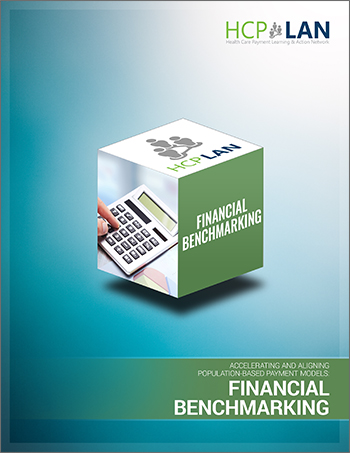
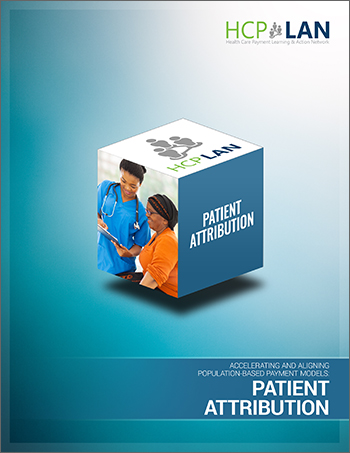
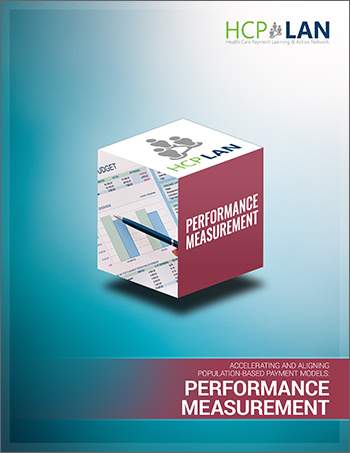
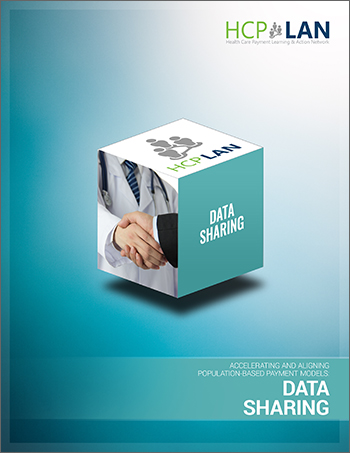
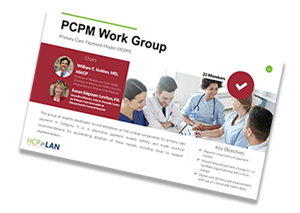
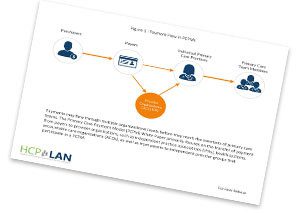
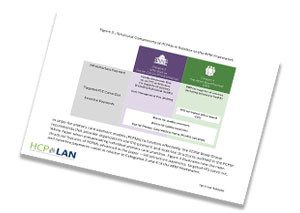
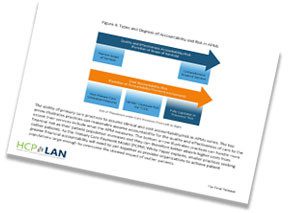
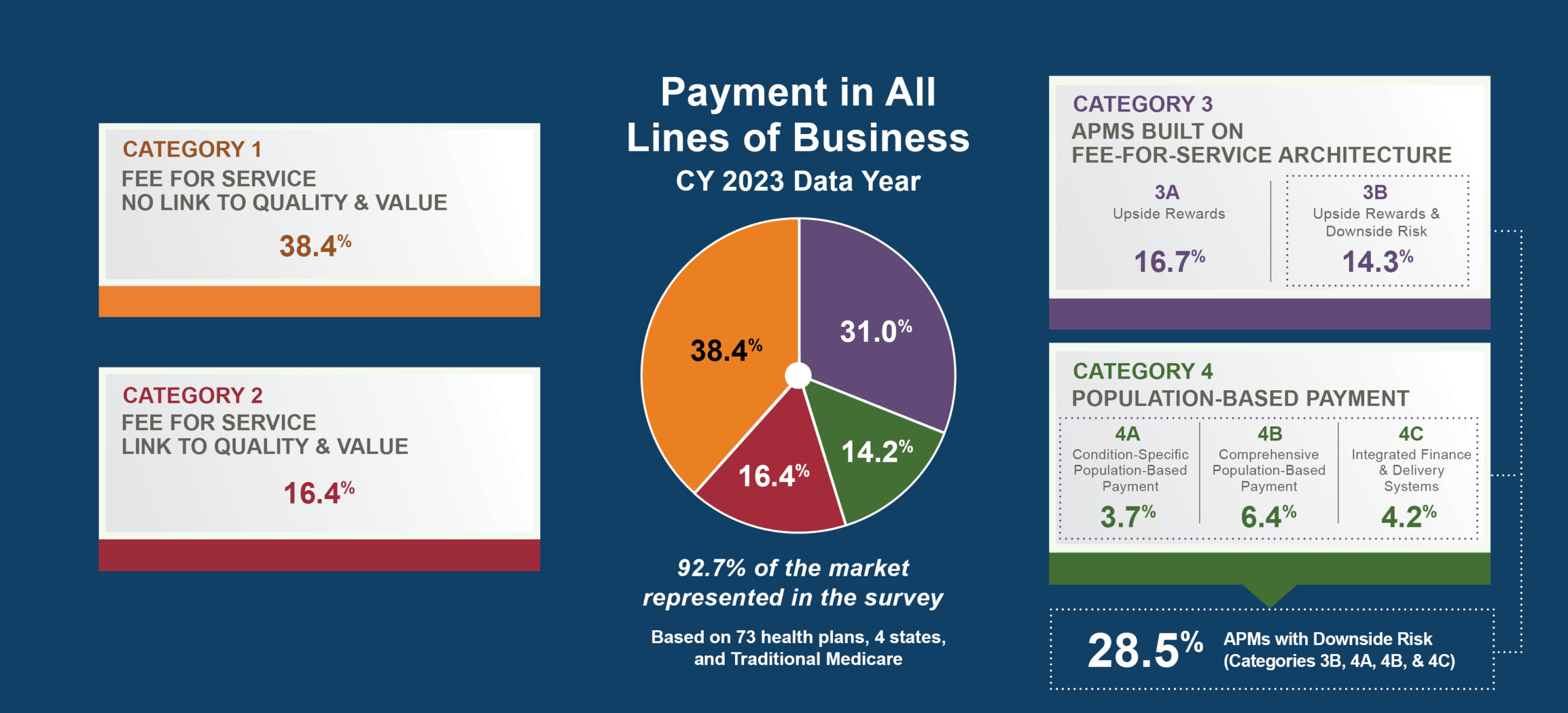

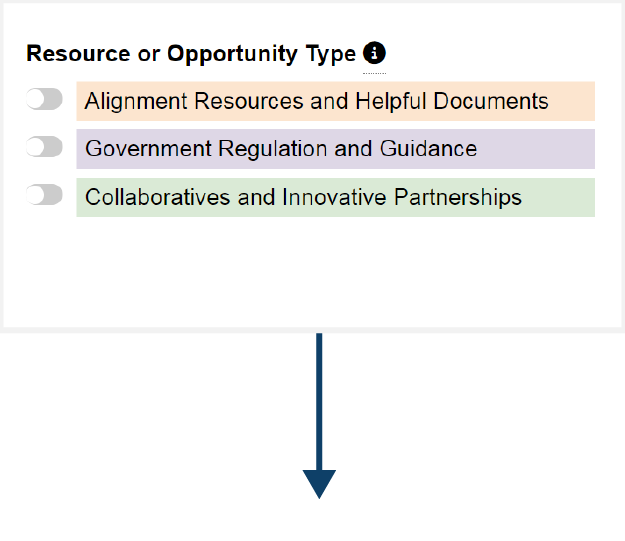
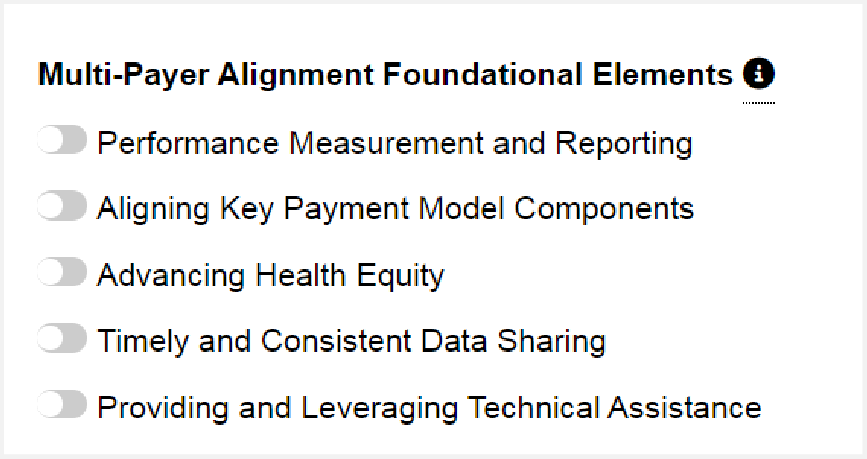




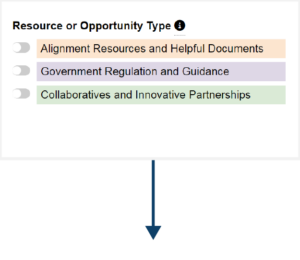

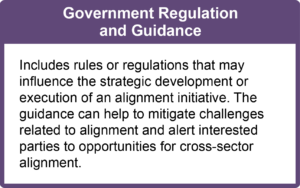
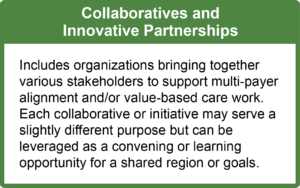
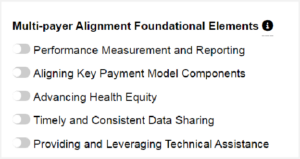




 Emily DuHamel Brower, M.B.A., is senior vice president of clinical integration and physician services for Trinity Health. Emphasizing clinical integration and payment model transformation, Ms. Brower provides strategic direction related to the evolving accountable healthcare environment with strong results. Her team is currently accountable for $10.4B of medical expense for 1.6M lives in Medicare Accountable Care Organizations (ACOs), Medicare Advantage, and Medicaid and Commercial Alternative Payment Models.
Emily DuHamel Brower, M.B.A., is senior vice president of clinical integration and physician services for Trinity Health. Emphasizing clinical integration and payment model transformation, Ms. Brower provides strategic direction related to the evolving accountable healthcare environment with strong results. Her team is currently accountable for $10.4B of medical expense for 1.6M lives in Medicare Accountable Care Organizations (ACOs), Medicare Advantage, and Medicaid and Commercial Alternative Payment Models. Mr. James Sinkoff is the Deputy Executive Officer and Chief Financial Officer for Sun River Health (formerly known as Hudson River HealthCare), and the Chief Executive Officer of Solutions 4 Community Health (S4CH); an MSO serving FQHCs and private physician practices.
Mr. James Sinkoff is the Deputy Executive Officer and Chief Financial Officer for Sun River Health (formerly known as Hudson River HealthCare), and the Chief Executive Officer of Solutions 4 Community Health (S4CH); an MSO serving FQHCs and private physician practices. Victor is the Chief Medical Officer for TennCare, Tennessee’s Medicaid Agency. At TennCare, Victor leads the medical office to ensure quality and effective delivery of medical, pharmacy, and dental services to its members. He also leads TennCare’s opioid epidemic strategy, social determinants of health, and practice transformation initiatives across the agency. Prior to joining TennCare, Victor worked at Evolent Health supporting value-based population health care delivery. In 2013, Victor served as a White House Fellow to the Secretary of Health and Human Services. Victor completed his Internal Medicine Residency at Emory University still practices clinically as an internist in the Veteran’s Affairs Health System.
Victor is the Chief Medical Officer for TennCare, Tennessee’s Medicaid Agency. At TennCare, Victor leads the medical office to ensure quality and effective delivery of medical, pharmacy, and dental services to its members. He also leads TennCare’s opioid epidemic strategy, social determinants of health, and practice transformation initiatives across the agency. Prior to joining TennCare, Victor worked at Evolent Health supporting value-based population health care delivery. In 2013, Victor served as a White House Fellow to the Secretary of Health and Human Services. Victor completed his Internal Medicine Residency at Emory University still practices clinically as an internist in the Veteran’s Affairs Health System. Dr. Brandon G. Wilson, DrPH, MHA (he, him, his) joined Community Catalyst as the Director of the Center for Consumer Engagement in Health Innovation, where he leads the Center in bringing the community’s experience to the forefront of health systems transformation and health reform efforts, in order to deliver better care, better value and better health for every community, particularly vulnerable and historically underserved populations. The Center works directly with community advocates around the country to increase the skills and power they have to establish an effective voice at all levels of the health care system. The Center collaborates with innovative health plans, hospitals and providers to incorporate communities and their lived experience into the design of systems of care. The Center also works with state and federal policymakers to spur change that makes the health system more responsive to communities. And it provides consulting services to health plans, provider groups and other health care organizations to help them create meaningful structures for engagement with their communities.
Dr. Brandon G. Wilson, DrPH, MHA (he, him, his) joined Community Catalyst as the Director of the Center for Consumer Engagement in Health Innovation, where he leads the Center in bringing the community’s experience to the forefront of health systems transformation and health reform efforts, in order to deliver better care, better value and better health for every community, particularly vulnerable and historically underserved populations. The Center works directly with community advocates around the country to increase the skills and power they have to establish an effective voice at all levels of the health care system. The Center collaborates with innovative health plans, hospitals and providers to incorporate communities and their lived experience into the design of systems of care. The Center also works with state and federal policymakers to spur change that makes the health system more responsive to communities. And it provides consulting services to health plans, provider groups and other health care organizations to help them create meaningful structures for engagement with their communities. Tamara Ward is the SVP of Insurance Business Operations at Oscar Health, where she leads the National Network Contracting Strategy and Market Expansion & Readiness. Prior to Oscar she served as VP of Managed Care & Network Operations at TriHealth in Southwest Ohio. With over 15 years of progressive health care experience, she has been instrumental driving collaborative payer provider strategies, improving insurance operations, and building high value networks through her various roles with UHC and other large provider health systems. Her breadth and depth of experience and interest-based approach has allowed her to have success solving some of the most complex issues our industry faces today. Tam is passionate about driving change for marginalized communities, developing Oscar’s Culturally Competent Care Program- reducing healthcare disparities and improving access for the underserved population. Tamara holds a B.A. from the University of Cincinnati’s and M.B.A from Miami University.
Tamara Ward is the SVP of Insurance Business Operations at Oscar Health, where she leads the National Network Contracting Strategy and Market Expansion & Readiness. Prior to Oscar she served as VP of Managed Care & Network Operations at TriHealth in Southwest Ohio. With over 15 years of progressive health care experience, she has been instrumental driving collaborative payer provider strategies, improving insurance operations, and building high value networks through her various roles with UHC and other large provider health systems. Her breadth and depth of experience and interest-based approach has allowed her to have success solving some of the most complex issues our industry faces today. Tam is passionate about driving change for marginalized communities, developing Oscar’s Culturally Competent Care Program- reducing healthcare disparities and improving access for the underserved population. Tamara holds a B.A. from the University of Cincinnati’s and M.B.A from Miami University.


 Dr. Peter Walsh joined the Colorado Department of Health Care Policy and Financing as the Chief Medical Officer on December 1, 2020. Prior to joining HCPF, Dr. Walsh served as a Hospital Field Representative/Surveyor at the Joint Commission, headquartered in Oakbrook Terrace, Illinois.
Dr. Peter Walsh joined the Colorado Department of Health Care Policy and Financing as the Chief Medical Officer on December 1, 2020. Prior to joining HCPF, Dr. Walsh served as a Hospital Field Representative/Surveyor at the Joint Commission, headquartered in Oakbrook Terrace, Illinois.








